Can You Lose Weight With Exercise? A Startling Reality
Key takeaways
- Exercise and Weight Loss: Different exercises impact weight loss differently; cardio burns calories, resistance training builds muscle for long-term maintenance.
- HIIT Efficiency: High-intensity interval Training (HIIT) combines aerobic and resistance benefits, providing effective weight loss in shorter durations.
- Appetite and Exercise: Contrary to belief, exercise tends to reduce appetite; studies show decreased food intake on exercise days.
- Overall Health Benefits: Exercise aids weight loss and offers health benefits like blood sugar control, disease prevention, and psychological well-being.
- Exercise Recommendations: Include both aerobic and resistance exercises; while exercise aids weight loss, nutrition plays a more significant role.
- Monitoring Progress: Beyond the scale, measure yourself and track clothing sizes for a more accurate assessment of fat loss and muscle gain.
Introduction
Are you aiming to shed some pounds and wondering about the ideal exercise routine? Well, when it comes to losing weight, the key is burning more calories than you take in. Adding exercise to your regimen totally makes sense because it amps up the calorie-burning process. But here’s the twist: intense workouts might actually spike your hunger, leaving you puzzled about the role of exercise in weight loss. So, what’s the deal with exercise and shedding those extra pounds? This article delves into the facts to give you a clear answer and help you figure out what suits you best.
Cardio exercise and weight

One of the most popular types of exercise for weight loss is aerobic exercise, also known as cardio. Examples include:
- walking
- running
- cycling
- swimming
When compared to weight training, aerobic exercise has less impact in increasing muscle mass. Nevertheless, it’s a great calorie burner.
The effects of aerobic exercise on 141 overweight or obese participants who did not alter their diet for 10 months were studied. Calorie restriction was not an instruction given to any of the three groups of participants [1].
Cardio workouts that burnt 400 calories five times a week resulted in a 4.3% weight loss, whereas those that burned 600 calories five times a week resulted in a somewhat larger loss of 5.7%. In fact, the inactive control group increased their weight by 0.5%.
Also Read: Exercises to lose belly fat at home for beginners
Cardiovascular exercise can aid fat loss in general, and the harmful abdominal fat that raises the risk of cardiovascular disease and type 2 diabetes in particular, has been the subject of other research. [2][3][4]
That being said, if you maintain your calorie consumption constant, incorporating cardio into your lifestyle is likely to aid in weight management and metabolic health.
Strength exercise and weight
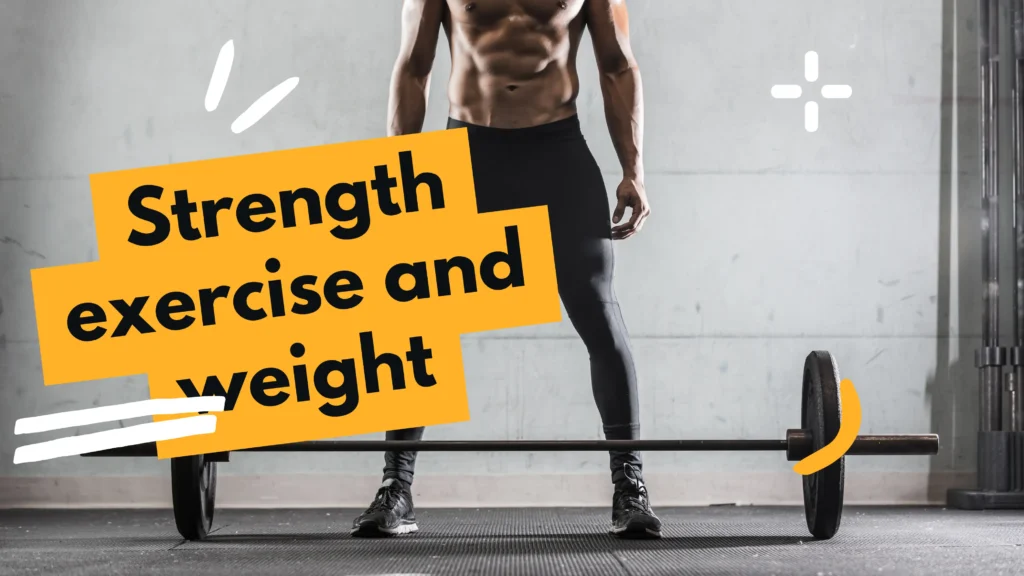
Calorie burning is a byproduct of any kind of physical exertion. But that’s not all resistance training, like weightlifting, can do for you. You may build more muscle, improve your strength, and enhance your muscular tone by engaging in resistance exercises.
Intentional weight loss was the focus of one study that looked at the impact of cardio, resistance training, or both on the body composition of 141 overweight older individuals. In contrast to the resistance training groups, individuals who did neither exercise nor cardio alone lost more fat, muscle, and bone mass [5].
It follows that resistance exercise seems to safeguard bone and muscle mass when calorie consumption is low.
Having a higher muscle mass also raises your metabolic rate, which means you burn more calories all day long, even when you’re not moving about. This is due to the fact that compared to fat, muscle has a higher metabolic rate and so uses more energy [6].
As an added bonus, this keeps your metabolism from plummeting when you lose weight.
For this reason, a long-term weight loss program isn’t complete without resistance training. It facilitates weight maintenance, which is in fact far more challenging than weight loss itself.
High-intensity interval training and weight
One kind of exercise known as high-intensity interval training (HIIT) involves doing short, strong bursts of work followed by shorter rest periods. You can get the advantages of both aerobic and resistance training with HIIT [7].
Despite the short duration (10–20 minutes), high-intensity interval training (HIIT) has significant effects on weight loss.
Rapid weight loss is one of the many effective benefits of high-intensity interval training (HIIT), which typically lasts only 10–20 minutes.
Also Read: How to reduce belly fat in 7 days at home with exercise?
In 2017, researchers analyzed 13 high-quality trials and concluded that both high-intensity interval training (HIIT) and cardiovascular exercise helped obese adults lose weight and trim their waistlines.
But compared to cardio, HIIT exercise saved 40% more time while still providing the same advantages [8].
Due to the intense nature of HIIT, it is recommended that individuals with preexisting cardiac conditions or other medical conditions seek the advice of a healthcare expert before beginning a new HIIT program.
Exercise and appetite
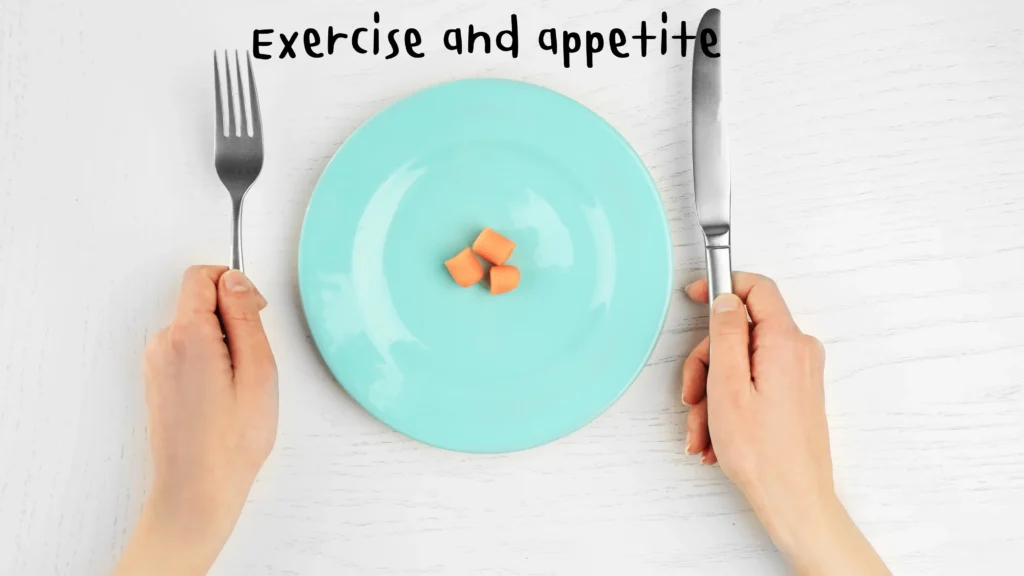
You may have heard that working up a sweat increases your hunger pangs, or perhaps you have experienced this yourself after a particularly strenuous exercise.
But the vast majority of studies show that exercise can actually make you feel less hungry.
In fact, participants ate less food on days they exercised than on days they didn’t [9]. One study in 20 active, healthy people also found that individuals ate more food in the meal before a workout than after [10].
Brief HIIT sessions significantly reduced food cravings in another trial of 26 obese women on low-calorie diets [10].
Additional evidence that exercise helps curb hunger comes from the fact that it seems to have a greater positive effect on energy balance and calorie intake when done first thing in the morning rather than last thing at night [11].
More studies are required to draw any firm conclusions, and it’s likely that people’s hunger reactions to exercise vary greatly. If you’re on a weight loss journey but find that you eat more after long or strenuous workouts, try doing shorter or less intensive workouts (like HIIT).
Other benefits of exercise

There are several health benefits to exercising, not the least of which is helping you maintain a healthy weight [12].
Exercising regularly will help you maintain better control of your blood sugar levels and lower your chance of developing chronic diseases such as heart disease, type 2 diabetes, and some malignancies. References [13][14].
In addition to preventing diseases like osteoporosis, which is marked by brittle bones, exercise helps you keep and gain muscle mass, as well as strong and dense bones [15][16].
Also Read: 10 Weight Loss Exercises You Can Do at Home
On top of that, there are psychological advantages to exercising. It seems to provide some protection against neurological diseases like Alzheimer’s, and it can help you manage stress better and lower your stress levels overall [17][18].
Consider these advantages of exercise while you think about its impacts. There are other advantages that outweigh any potential lack of efficacy in terms of weight loss.
Recommendations
No matter what your weight loss objectives are, exercise should always be a part of your regimen due to the many health benefits it provides. The majority of people who have maintained a weight loss of 30 pounds (14 kg) or more for at least a year and are part of the National Weight Control Registry report exercising for at least an hour every day [19].
The American Heart Association’s Physical Activity Guidelines detail the recommended daily allowances of exercise for people of all ages. In terms of adults, they are [20]:
- Aerobic (cardio) exercise: 150–300 moderate intensity minutes or 75–150 vigorous intensity minutes per week
- Muscle-strengthening (resistance) exercise: 2 or more days per week of exercises utilizing all major muscle groups
But if you want to lose weight, nutrition is more important than exercise because it will have a significantly bigger effect. To keep your muscle mass and metabolic rate stable when time is of the essence, try high-intensity interval training (HIIT) or strength training (instead of cardio) [21].
Also, the scale isn’t the only tool you need to monitor your progress. Your weight may not change as fast as you’d like it to if you’re growing muscle while reducing fat, but it will be healthier in the long run. Think about measuring yourself and keeping track of the sizes you wear. When it comes to fat loss, these are far more reliable signs than weight alone.
Conclusion
In summary, exercise plays a crucial role in weight management, with cardio, resistance training, and high-intensity interval training playing complementary roles. Cardiovascular workouts aid fat loss, while resistance training preserves muscle and bone mass and supports long-term weight maintenance. High-intensity interval training offers time-efficient benefits. Exercise reduces appetite, contributing to energy balance. It also offers health benefits like disease prevention and psychological well-being. Integrating exercise into routines is pivotal for overall health, while nutrition significantly influences weight loss outcomes. Monitoring progress and focusing on overall health markers ensures a holistic approach to fitness and well-being.



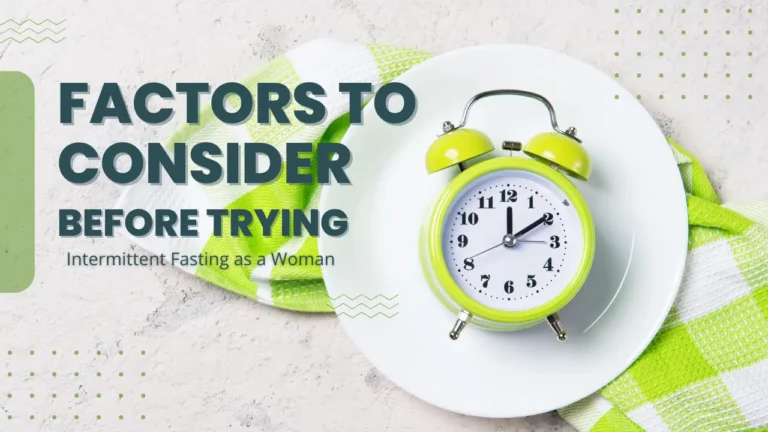
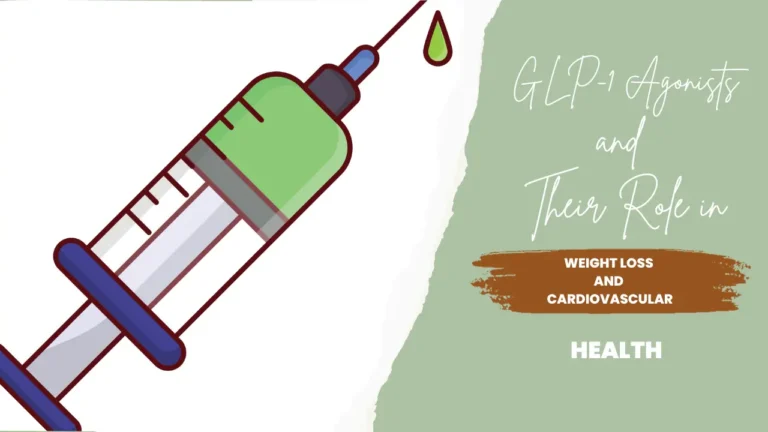
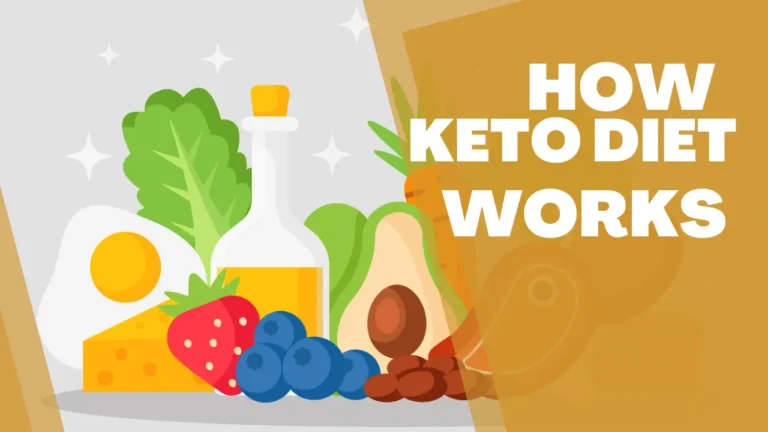

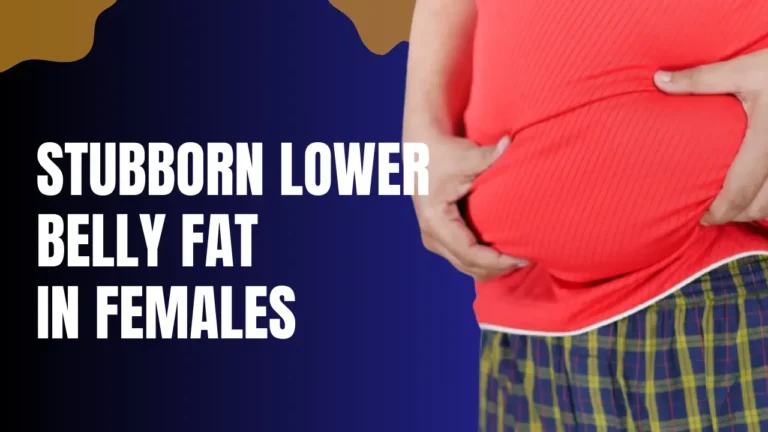
What i do not understood is in truth how you are not actually a lot more smartlyliked than you may be now You are very intelligent You realize therefore significantly in the case of this topic produced me individually imagine it from numerous numerous angles Its like men and women dont seem to be fascinated until it is one thing to do with Woman gaga Your own stuffs nice All the time care for it up
I liked it as much as you did. Even though the picture and writing are good, you’re looking forward to what comes next. If you defend this walk, it will be pretty much the same every time.